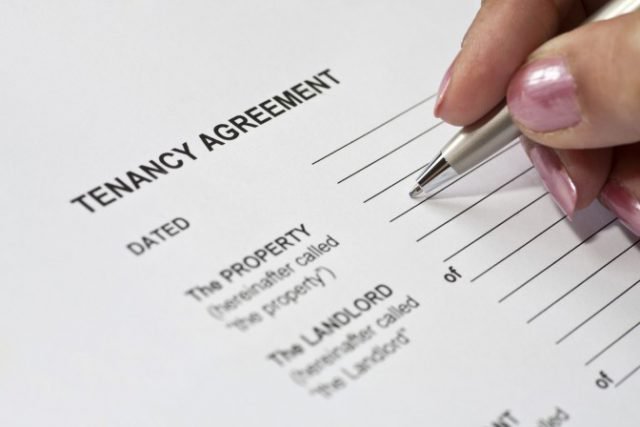Rental market set to swell further in next decade
Spiralling property prices and a shortage of affordable property is preventing many potential buyers out of the market. As such, they are left with little choice but to reside in rental accommodation.
According to new research conducted by landlord insurance specialists Cover4LetProperty, 28% of UK adults are currently living in privately rented or socially rented accommodation.
Giving up
Another recent report from Shelter revealed that many people of a younger generation are giving up on ever owning their own home, due to sky-high house values. However, Cover4LetProperty’s research shows that 57% of those over 60 live in rented accommodation.
The report also shows that 67% of renters earn between £10,000 and £19,999 per year. 40% of people living in the sector are women, with men accounting for 20%.
Last year, accountancy firm PwC suggested that the volume of new homebuyers will continue to drop in the next decade. This is due to them struggling to raise a sufficient deposit in order to buy their own place.

Rental market set to swell further in next decade
Rental rises
As fewer people are qualifying for social housing, the study suggests that in the next ten years, over half of those over the age of 40 are set to live in properties owned by private landlords.
By the year 2025, PwC suggests that 7.2m households will be in rental property, in comparison to 5.4m at present.
In addition, the report highlights the growing divide between those who can make it on to the housing ladder and those who cannot raise funds in order to buy a property. The report reads:
‘House purchases have historically been a major factor in driving wealth accumulation of lower and middle classes. The inability of many to get on the ladder may limit this avenue to social mobility in the future.’[1]
John Hawksworth, chief economist at PwC, said, ‘a large and sustained increase in affordable housing supply will be required to meet the needs of a UK population that is growing relatively rapidly by European standards.’[1]
[1] https://www.landlordtoday.co.uk/breaking-news/2016/5/rise-of-generation-rent-as-more-people-live-in-rented-accommodation



